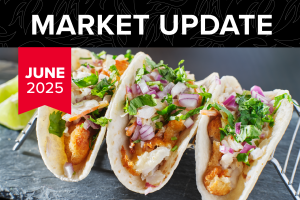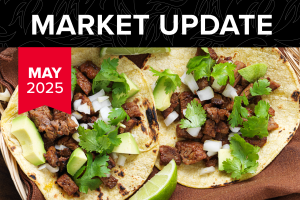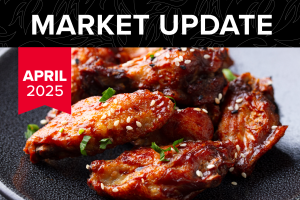Your monthly update on the state of the pork, poultry, beef, and seafood industries, direct from the category experts at Y. Hata.
Grocery
Calrose Rice – Due to water shortage/drought, California expects rice planting to drop to roughly 350,000 acres this year. This is the lowest it has been since 1983, according to US Department of Agriculture. Our suppliers have implemented strict allocations and a pricing increase to temper demand.
Eggs – The Highly Pathogenic Avian Influenza (HPAI) has had a dramatic effect on the poultry industry. HPAI infects the respiratory and gastrointestinal tracts in birds and is highly infectious within avian species. The current outbreak began in mid-January 2022 in wild birds on the east coast. The last outbreak in 2015 lasted through June 17th of that year. It is largely theorized that warm weather will help irradicate the disease and mitigate further spread.
- Current status of the egg industry:
- Birds – 26.9 million infected
- Eggs – estimated Annual loss – 550 million lbs.
- Full repopulation will take roughly 6 months
- Pricing Impact
- Imbalance of supply/demand
- Loss of production/transportation efficiencies
- Pricing increases bleeding into all products that uses egg as an ingredient such as frozen baked goods and dry bake mixes.
Wheat – Pricing remains FIRM. With the ongoing situation in Ukraine, at least 20% of the global winter wheat crop will not be harvested. Exports look bleak. The market will be strained with tighter supply for the rest of 2022 and 2023.
Corn – Pricing continues to be bullish. USDA reporting just 4% of crops planted compared to 6% for the 5-year average pace. Ukraine is also expected to be down corn production by 18 million tons in 2022.
Vegetable oils – Pricing has spiked higher. Indonesia, the top global producer and exporter of palm oil, has suspended all exports indefinitely to control domestic food price inflation. This strains an already tight global supply.
Poultry
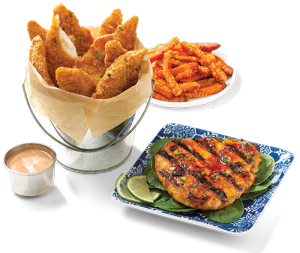
The Poultry market is going through significant challenges right now with the now all too familiar higher cost of fuel, energy, transportation, labor, and feed. Add in the lower hatchability rates, very strong demand both domestic and export, and the effects of HPAI, we are seeing rising prices to unprecedented levels across most chicken parts.
With chicken demand up and supply down we are having to purchase at “Market Price” and still struggle to find certain parts. The overall sentiment is this current market will likely continue through summer and then soften as we head into the fall.
Here are key parts that have been impacted:
- BI Thighs – Tray Packs are extremely difficult to uncover, 4/10 lbs. are offered but are bought up quickly, 40 lbs. bulk are most available. Prices will rise $.20 – $.30/lbs. over the next 2-3 weeks.
- BL SL Thigh – We have limited offerings, so it is a fight to get product of any brand. Over the next 2-3 weeks prices will steadily increase by $.60/lbs. and that may not be the end as the Urner Barry market prices are increasing every day.
- Legmeat – This is one item that trailed the other parts but has now taken on the same trajectory and prices are increasing daily.
- Fryers/WOGs – Expect to see price increases but the bigger challenge is finding the correct size as packers are expanding the weight range of the pack.
- Breastmeat – This item has been heavily featured in retail ads and the supply cannot keep pace with demand. Expect prices to move up $.25/lbs. over the next two weeks and it appears the trend will continue.
- Wings – The market is currently flooded with wings – both domestic and imported – but we may have reached the price bottom. Once the excess inventory is consumed expect prices to move up.
The Highly Pathogenic Avian Influenza has affected more the 37 million birds and while more chickens than turkeys are affected, the growth cycle of the turkeys are significantly longer which means the ability to recover is more challenging. Even prior to HPAI the industry was challenged to produce sufficient turkey breastmeat and this further reduced the supply. We may see product allocation soon if the supply does not improve.
Pork
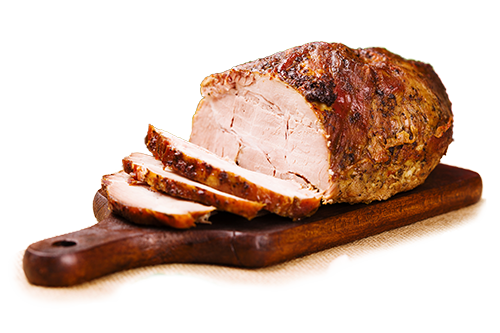
While the pork industry is not facing as many challenges as their feathered friends, they are grappling with higher fuel, energy, transportation, labor, and feed cost. In spite of these higher input cost most of the pork prices have been relatively stable or even slightly down. That may soon come to an end as the retailers are turning away from the higher cost of chicken and turning to pork to feature in their ads.
Outlook
For both the Poultry and Pork industry, the higher input cost will continue to have an impact and is expected to keep prices at higher levels through the summer.
Beef
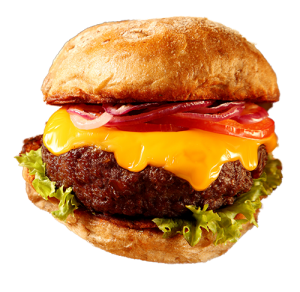
Increased costs for labor, fuel, trucking, animal feed, and fertilizer have contributed to the higher beef prices that we are seeing in the marketplace. With inflation and supply chain disruptions adding further pressure, consumers have adjusted their meat purchases and moved away from higher priced middle meats. In response to changing consumer spending, retailers have been featuring more value items such as ground beef and end cuts such as sirloin ball tip & chuck items.
Despite higher beef prices and inflation, demand has remained strong for prime and premium grade (CAB, SS, PSA) regardless of cut. Choice and select grades are more readily available but not in great abundance.
- Ribeye pricing has been unseasonably soft for the past few weeks but has started to increase as we approach the summer months. Retailers have stepped back in for future ads, but their bookings have been softer than normal due to the economic upheaval the past few years.
- Chuck flat pricing which had been decreasing for the past few months has started to increase again as the Asian ports have finally started to clear up the backlog of ships. This month the price recently increased by $.33/lbs. and will be increasing by another $.11/lbs. for June.
- Oxtail and short rib pricing have been decreasing for the past few months. Let’s hope that this continues as we are still at historically high levels.
As with the pork and poultry industry we should expect elevated beef prices for the summer. The biggest uncertainty for the beef industry is how inflation shapes consumer spending moving forward.
Seafood
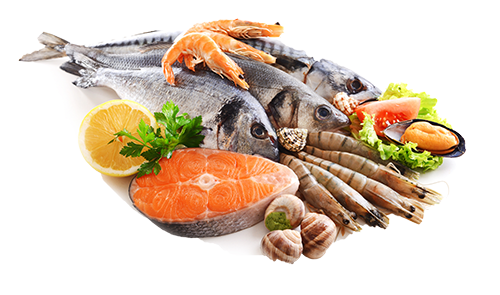
A shipping vessel typically waits 5-7 days from the time of arrival outside of the Port of Los Angeles until it berths at the dock. While this is a slightly shorter time than it has been, the challenge is now port congestion. The Terminal gives the ETA, but it changes day to day. Public cold storage gets booked very quickly. By the time the container is available for pick up, the cold storage is booked up. Importers have no choice but to pay the demurrage fees to hold the containers at the port. The cost can run between $500-$2500 (1-5 days).
- Snow Crab – There has been a drastic change in the 8/up Snow Crab Cluster Market. After record high prices in 2021, it seems that prices are coming back down to the range they should be historically. The Canadian season has started with a 30% increase in quota to make up for the lack of Alaskan production. The increase in quota has also put pressure on the 8/up pricing to drop.
- Poke Cubes – We have reached our limit on our supply of Poke Cubes. We are not able to take on any new business although we do have some limited supply of Mini Diced.
- Mahi – The South American Season is over. Now Taiwan has begun their season (April-June). Indications are that the season will not be good. Importers are anticipating rising prices.
- Alaskan Pollock and Pacific Cod – Due to the COVID lockdowns in China, both shipping and processing has slowed, reducing supply. The US ships large quantities of Pollock and Cod to China to be processed. Until the lockdowns are lifted, there are going to be supply issues for this and anything else that is processed in China.

